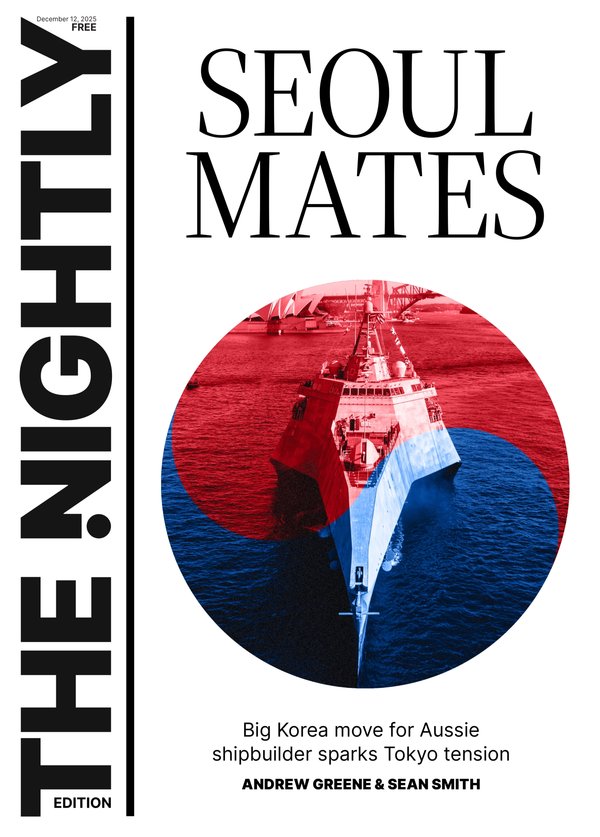Gilmore Girls 25th anniversary: Was ‘progressive’ show hiding a conservative interior?
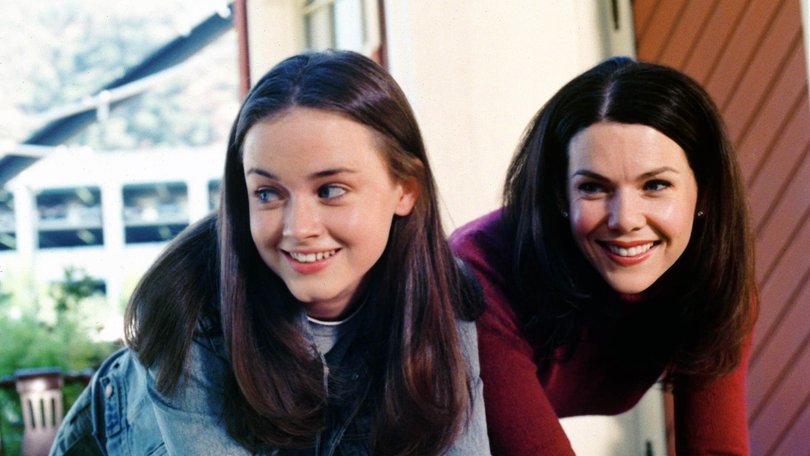
It doesn’t feel like it’s been a quarter of a century this week since the Gilmore Girls premiered, but that’s probably because it’s just hung around.
Whether through DVD boxsets or streaming, the Stars Hallow crew has been a constant for 25 years, in our lives with its rapid-fire dialogue, its gang of lovable misfits, and an overall cosy vibe that makes you want to curl up on the couch with a cup of tea and the remote ready to press “next”.
It’s not quite what the Danes had in mind for hygge – the speed at which the Gilmores speak may very well stress out some folks – but for fans, rewatching the show was their happy place.
Sign up to The Nightly's newsletters.
Get the first look at the digital newspaper, curated daily stories and breaking headlines delivered to your inbox.
By continuing you agree to our Terms and Privacy Policy.But everything evolves, and while the show stays the same, those frames etched on film (or on digital file), the audience has evolved. Like with any pop culture from years ago, what used to be cute is now cringe.
Maybe it’s because you haven’t seen it in a while, or maybe you had your great reckoning in 2016 when the series returned for the revival season, Gilmore Girls: A Year in the Life.
But those people who used to call Gilmore Girls annoying – blasphemy! – were maybe right? Perhaps worse than that, maybe we’d gotten its whole thing wrong?
Rather than the progressive voice it was held up to be, was The Gilmore Girls actually a bastion of conservative social values?
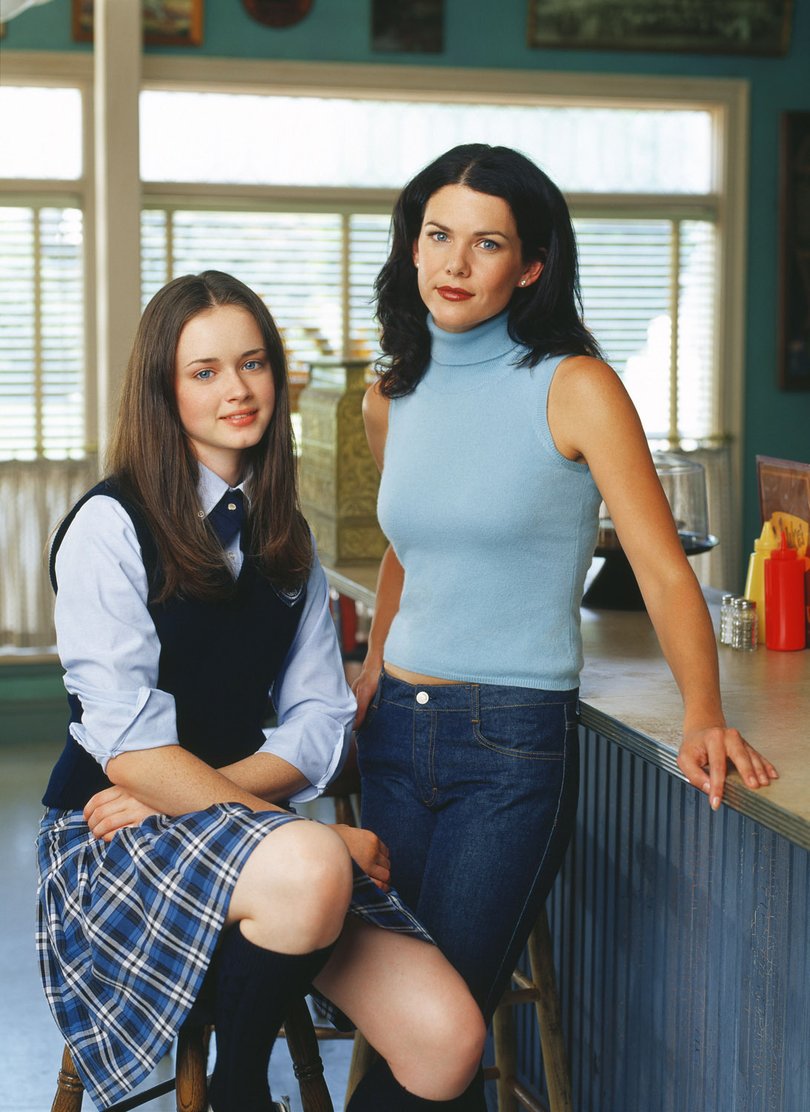
Hang on, you say, the show was built around Lorelai (Lauren Graham), a single mother who as a teenager had a baby out of wedlock and went on to build a successful career, pushing against the expectations of her status-obsessed, old-money parents. That doesn’t exactly sound like a tradwife.
But it also represents a middle-class ideal of being rewarded if you work hard enough, and that family and community, no matter how fractured at times, will ultimately come through for you. This was only ever attainable for the very few.
Gilmore Girls also defined success through a traditional, second-wave feminism and capitalist lens, especially through its characters – and thereby the show’s – aspirations for Rory.
The series starts off with Rory’s (Alexis Bledel) acceptance into a prestigious private school, which both mother and daughter had mapped as the stepping stone to their next goal, Harvard University (which then became Yale, but still, another Ivy).
These elite institutions are held up as the only path Rory “deserves” and that she was far too smart to “waste” her life living a small one. She is American exceptionalism encapsulated in a five-foot-seven package.
Notably, she was too special to live the life that the show’s only two main non-white characters, Lane (Keiko Agena) and Michel (Yanic Truesdale), would have.
Maybe the most radical choice Gilmore Girls ever made – and likely accidentally – was that Rory was a f—k-up when we meet her again at the age of 32. She is not Christiane Amanpour 2.0, her professed ambition, but a freelancer who is fired from a ghostwriting job, can’t be half-decent to her boyfriend of two years and carrying on with someone else’s fiancé.
Did creator Amy Sherman-Palladino intend Rory to be so unlikeable, or did we, as viewers and fans, just finally wake up and realise she was always selfish and self-righteous?
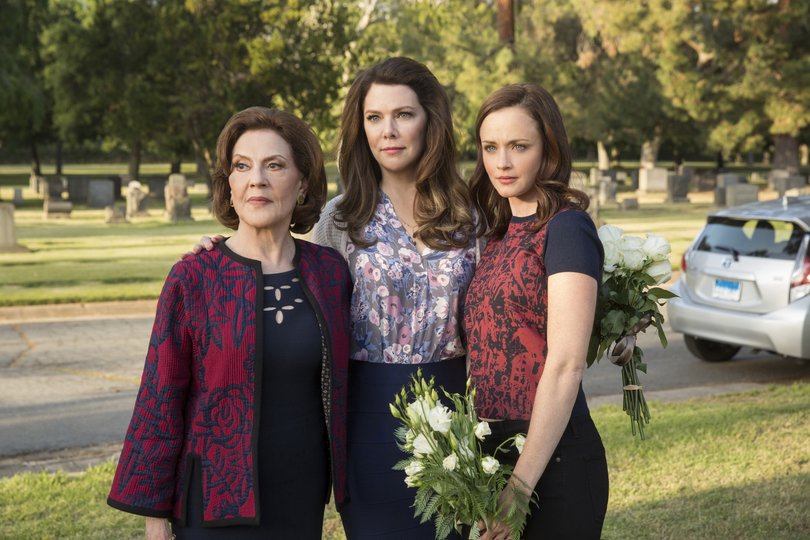
Almost two decades after the show ended, you can see its conservatism reflected in the debates that still rage – who was the better boyfriend for Rory, Dean, Jess or Logan? This eternal question trumps all others, more than whether Rory really achieved her professional goals or had, with all her privileges, grown up to be a good person.
That same question dominated the conversation of another recent young adult series, The Summer I Turned Pretty, where the fandom lost their minds over which Fisher brother Belly, seemingly averse to having a personality, would choose, Conrad or Jeremiah?
It speaks to a preoccupation that some of these shows reinforce – that a female character’s most important decision, her endgame, was choosing her mate.
That conservatism is also how Gilmore Girls treated sex, which characters had but only when it “meant” something, that it had to be emotionally significant, and in a heteronormative relationship, instead of just for desire or fun.
Then there’s Lorelai’s story. A supposed teenage rebel who would climb in and out of her parents’ mansion undetected, she became pregnant to her boyfriend Christopher (David Sutcliffe) and decide to keep the baby.
She runs from home, finds shelter and support from an older woman who gives her a maid job in her small town inn, and Lorelai works hard to eventually take over that establishment as a manager.
She takes night school classes to get her business qualifications and then opens her own small business with her friend Sookie (Melissa McCarthy), and after working harder still, it’s a success.
All while raising a daughter on her own, and buying a little but oh-so-charming house in a bucolic Connecticut town.
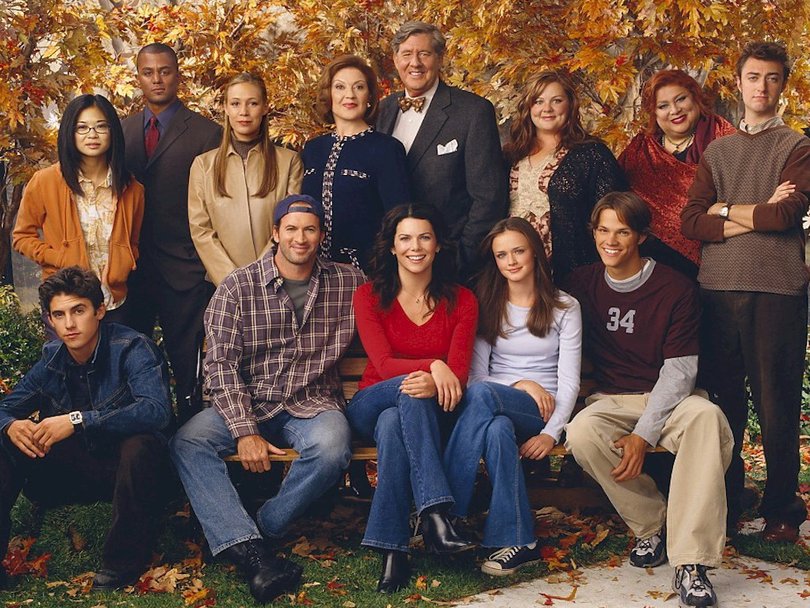
Lorelai is the American furphy that you can pull yourself up by your bootstraps, if only you tried hard enough. It was never interested in examining that the show was 30 years too late for that to be possible, and that by the time the show premiered in 2000, the middle class was already been gutted.
Or the outsized role Lorelai’s existing privilege played – which includes being able to go to her parents, however reluctantly, to ask for a loan for Rory’s private school fees.
It’s never fun (or maybe it’s always fun) to do the maths on how any character on a TV show can afford the life they live – and at least Gilmore Girls did talk about money sometimes – but from what we know about US property taxes, health insurance costs, and the rest such as Lorelai and Rory’s allergy to cooking at home, it’s very unlikely that her single salary stretched that far.
The idea that you can succeed and live the dream (and as a small business owner no less) as long as you work hard is a myth that countless generations have been sold on, and to the detriment of social progress.
Lorelai’s story ignores all the institutional and systemic obstacles that make it very hard for great swathes of Americans, especially those from marginalised communities, to realise the same outcome. They too have amazing work ethic, gumption and smarts. But at no point does the show engage with that honestly.
The Gilmore Girls ideal is a fantasy. The world it represents isn’t real and that’s why it’s such an escapist activity for so many of its fans. Here is a place, Stars Hallow, where its residents don’t struggle beyond the superficial or day-to-day.
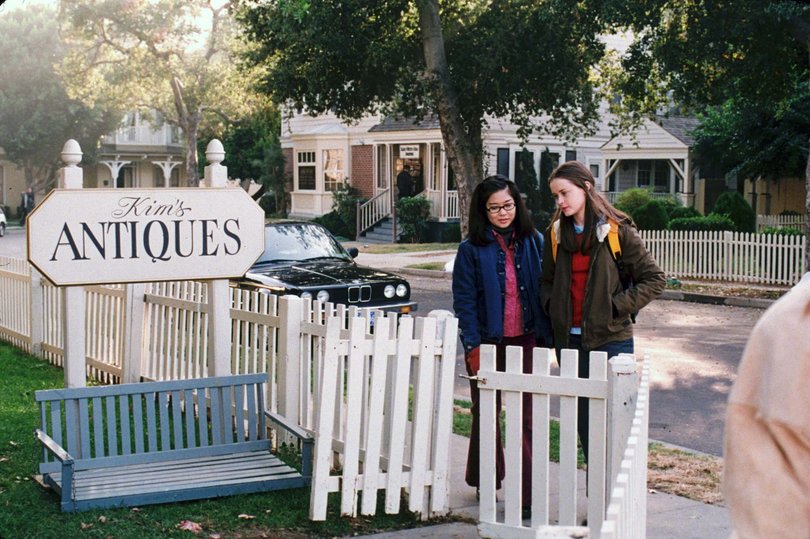
Sure, there are feuds between grocery owner Taylor and everyone else, and Kirk constantly picks up odd jobs, and Lane is forever chaffing against her religious mother, but no one seems to really lack the fundamentals of food, shelter, healthcare and emotional wellbeing.
It’s a town made up of small business owners – the anti-establishment Luke owns the diner, Patty owns the dance studio, Gypsy the garage, Mrs Kim the antiques store – and which hold community events on the regular, for every holiday and then some, and there always seems to be money to do it.
As part of a 25-year anniversary retrospective published this week, Graham told The Hollywood Reporter, “Part of what people fall in love with is this idyllic small town and the way they celebrate the seasons with the Heydale Maize or with various festivals.
“There’s such a craving for those kinds of celebrations and community, and just enjoying simple sort of elements of being part of a small town.”
Fans do want to live in some version of Stars Hollow, but it doesn’t exist and it couldn’t exist within the reality of the American economic, social and political milieu.
Stars Hollow didn’t have a dark underbelly. It was a town without violence, domestic or otherwise, emotional abuse, homelessness, drug or alcohol addiction or class divide. What would David Lynch have made of it?
That kind of fuzzy wish-fulfilment holds up a conservative ideal that 25 years on, feels not just weird but disingenuous.

